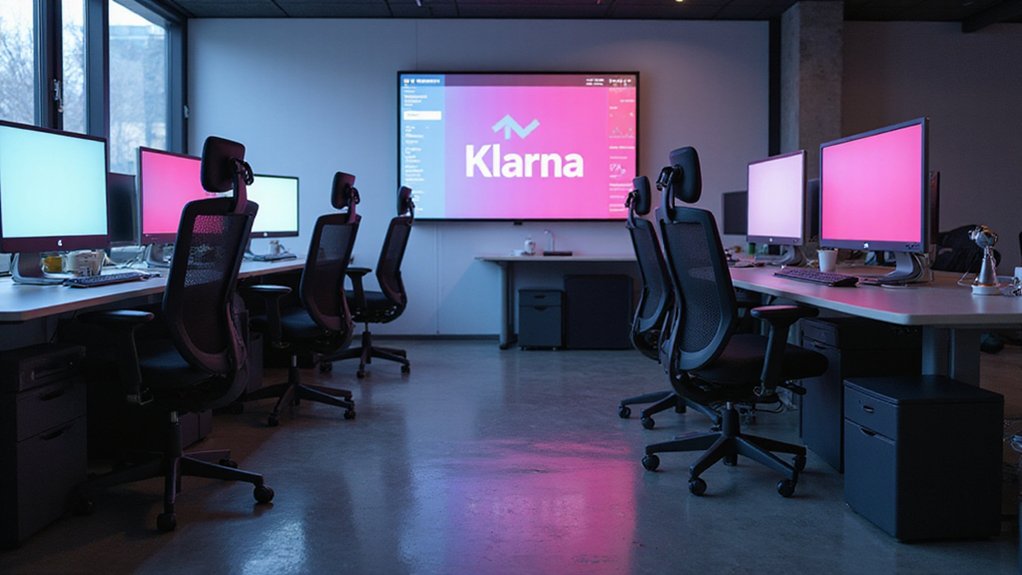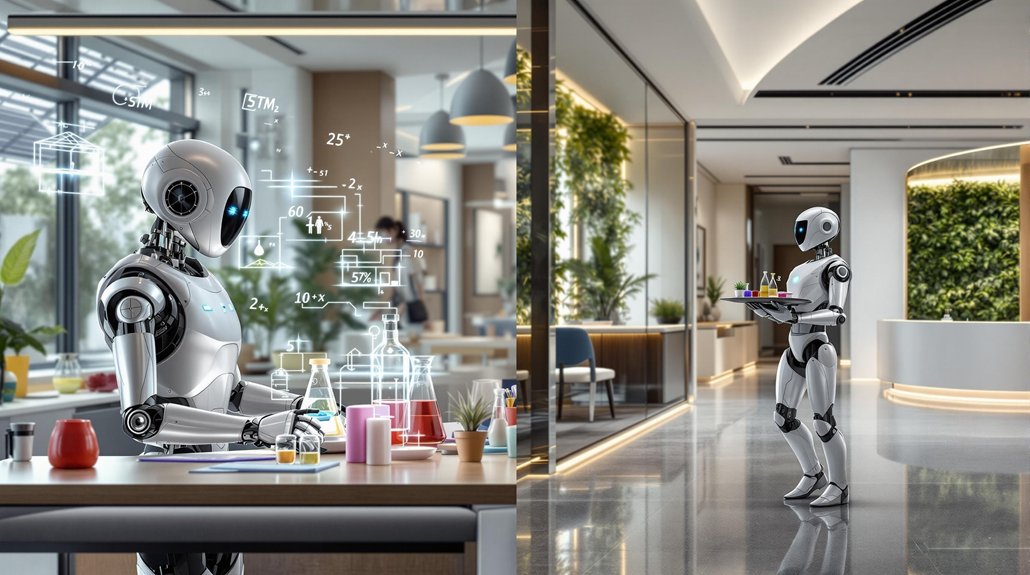Swedish fintech giant Klarna has dramatically reversed course on its AI strategy after slashing its workforce by nearly 40% over the past two years. The company reduced its staff from more than 5,500 full-time employees in 2022 to approximately 3,400 by December 2023, with current numbers closer to 3,000 and still declining.
CEO Sebastian Siemiatkowski confirmed the substantial workforce reduction during a CNBC interview. Rather than conducting mass layoffs, Klarna implemented an internal policy to halt hiring and relied on natural attrition rates of 15-20% annually. Employees were informed of plans to reduce headcount but without formal layoff announcements.
In 2023, Klarna partnered with OpenAI to enhance operations across the company. This partnership led to the launch of an AI-powered customer service assistant in 2024, which the company claimed could perform work equivalent to about 700 human agents. The AI system handled over 2.3 million conversations in its first month and supported more than 35 languages.
The automation push wasn’t limited to customer service. Klarna even used an AI-generated version of its CEO to present the company’s third-quarter results last year. The strategy aimed to automate up to 75% of customer support interactions as part of a broader cost-cutting effort. Siemiatkowski had initially expressed his desire for Klarna to become OpenAI’s favorite guinea pig in the rapidly evolving AI landscape. The massive computational resources required for these AI efforts likely contributed to energy consumption concerns similar to those facing the broader AI industry.
However, in a surprising shift, Klarna is now hiring customer service agents after a year-long pause. Siemiatkowski acknowledged that AI solutions failed to meet standards for customer experience. The company is recruiting remote support staff, targeting students, rural residents, and loyal Klarna users.
This reversal highlights the limitations of current AI technology in customer-facing roles. While AI implementation initially helped reduce operational expenses, the company’s experience demonstrates the need for balance between automation and human interaction. The company’s planned gig-style model for human support represents acknowledgment that total AI dependency is problematic.
Klarna’s journey offers an important lesson for the fintech industry about the potential challenges of rapid AI adoption. Despite initial enthusiasm, the company’s 180-degree turn suggests that completely replacing human workers with AI remains difficult, especially in roles requiring nuanced customer engagement.
References
- https://www.businessworld.in/article/klarna-shrinks-workforce-by-40-amid-ai-integration-natural-attrition-556834
- https://www.salesforceben.com/klarna-cut-ties-with-salesforce-to-go-all-in-on-ai-now-theyre-hiring-humans-back/
- https://www.fintechweekly.com/magazine/articles/klarna-hires-customer-service-after-ai-pivot
- https://techstartups.com/2025/05/14/ai-replaces-humans-klarna-replaces-700-employees-with-ai-slashes-workforce-by-40/
- https://www.entrepreneur.com/business-news/klarna-ceo-reverses-course-by-hiring-more-humans-not-ai/491396









